Entries Tagged 'Designer Stuff' ↓
March 2nd, 2018 — Designer Stuff
There are several ways to make extra cash you can do in addition to your main job, many of which you can do in the comfort of your own home and you can fit them around your schedule and lifestyle –

Pet Sitting – If you live in a house, preferably with a yard, there are websites such as Rover.com where you can host dogs (similar to a kennel) when dog owners need a place for their furry friends to stay for the day or overnight – you set the rate and get paid for caring for their animal.

Thrift Stores Finds – You can find a lot of treasures at thrift stores for way less than their original cost – clothing, shoes, jewelry and accessory seems to sell the fastest on websites like etsy.com and if you have a good eye for fashion – take nice photos of your finds (make them look desirable!) and create an online store on a third party platform or build a website to sell your thrifty treasures. You can also use websites such as letgo.com and offerup.com where people in your area will see what your selling and will come directly to your house to give you cash in hand and pick it up- no travel on your part necessary.
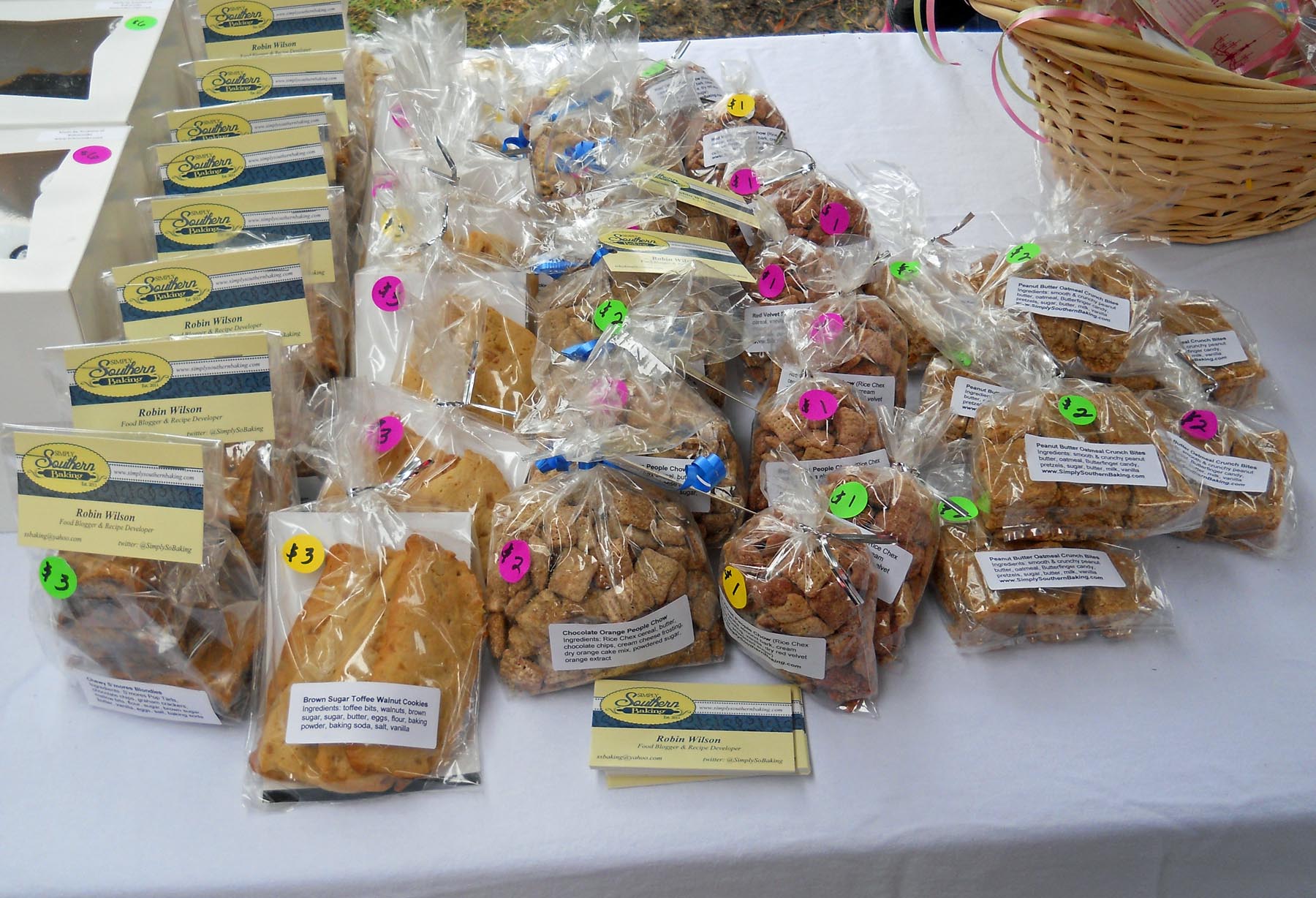
Vending – Find out what street fairs, year round flea markets, farmers markets or vending opportunities are happening in your area – if you have a hobby you enjoy such as baking you can sell your goods for a few hours on the weekends to make some extra loot.

Blogging / Product Reviews – If you have a particular topic or hobby that interests you, look for websites online in that arena – find their contact information and offer to write product reviews and blog articles for them – there is a chance you can get some freebies (which you can later sell if you want!) and you can get paid to write about things you enjoy – if they are hesitant to pay you can lower your rate per article – remember its extra money – don’t undervalue yourself but also remember its something you can do in the comfort of your home if you choose and when you choose.
February 28th, 2018 — Designer Stuff
So you are a first time home owner or you are moving somewhere new, it’s important to know what you are buying but even more important to know where you are buying.
)
1. Don’t just look at move-in cost, mortgage rate and taxes – view the cost and exchange of other homes in the area in the last 20 years. You can gain a better scope of the fluctuation in exchange rate and compare it to the amount of time you wish to live in your home, the amount you are buying for, the amount you will want to sell for one day and whether or not it is a property you plan to rent – or continue to invest in.
2. Look at community – who will your neighbors be? If you live in the city and looking to buy a property -the potential for resident turnover rate is most often higher than in a suburb.
3. Career, jobs, commute – know how far it is from your place of employment, how much commute will be, determine the cost of travel, know how close airports are if you fly often for work
4. School districts – it’s important to do research about the school district and education in the area – including public and private schools as well as if they are being home schooled
5. Distance to grocery stores, local markets – yes, a lot can be done online nowadays but it’s important to know how far your basic essentials and necessities are to you
6. Entertainment – check out events in the town and area, is there a city close by? is there a town within walking distance away? find out what’s important to you and if your area can provide that to you without having to travel far to experience what you need that makes you happy and fulfills you
7. Health and wellness – important to be able to check distance to hospitals, police stations and fire houses in case of emergencies- most of the time they are located close by or in the center of surrounding communities – cities are challenging when it comes to this
See more here: sixdifferentways.com
February 27th, 2018 — Designer Stuff
Thinking of adding extra rooms or an extension to your home? There are better additions to improve the quality of our home and of our lives than simply adding more space. Below are some luxury additions we can make to our home that will increase its value, improve our health and give us more of a reason to love where we live!

1. Building an indoor or outdoor personal sauna – Saunas are rooms typically built of wood where hot rocks are contained to heat the room to high temperatures where you can sit or lay down to sweat. Saunas can improve cardiovascular issues and improve circulation. They increase heart rates similar to a light cardio work out and they are excellent for shedding any water weight gain and removing toxins from the body.

2. Installing jacuzzi jets in the bath or adding a whirlpool– Jacuzzis are typically very high temperatures where fast moving jets pump out water rapidly creating a cyclical force that surrounds you. The high temperatures and pumping of water can improve circulation, massage sore and aching muscles and is known to help reduce cellulite.

3. Sensory deprivation tank – These are definitely on more of the expensive side but the benefits are exceptional. Sensory deprivation tanks look similar to extra large bathtubs with a lid on top – sort of like a futuristic pod. They contain high levels of magnesium sulfate in the water which allows you to float – similar to the dead sea. Such a high level of magnesium sulfate can help relax muscles and help reduce tension in the muscles, spine, bones and soreness throughout the entire body. The lid on top puts you in complete darkness as you float. If you acquire noise canceling, waterproof headphones, you can add an even greater element to the mix. Now, light, sound and density are removed from the experience – excellent for deep meditation and slowing the heart rate down which can help reduce anxiety, energize and increase mental clarity.

4. Light Therapy bed – When buying or building your own light therapy bed – its important to be sure the light waves being emitted are the right ones for your specific use. It’s important to do thorough research and to know the length of time that is best to spend in such bed. Light therapy beds are used for a variety of health reasons. They are known to treat seasonal affective disorder, depression, circadian rhythm issues, jet lag, a multitude of various skin problems including eczema, acne and psoriasis. In some cases, they are used for primarily beauty reasons – such as darkening the skin but can also be used before a vacation to prevent sunburn if your skin has not been exposed to sunlight for a long time.
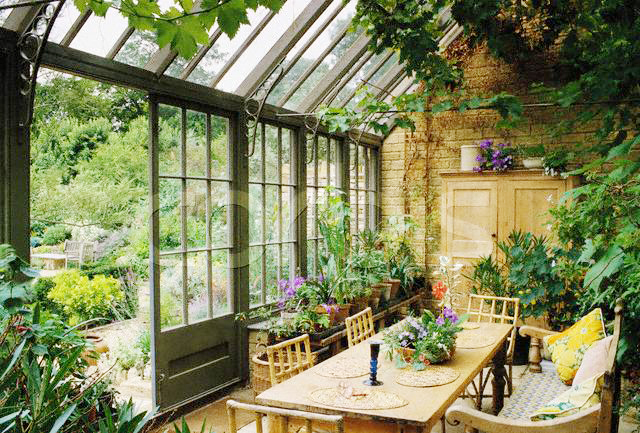
February 26th, 2018 — Designer Stuff
Just like steaks, burgers and seafood, grilling vegetables takes some prep work and a keen eye to make sure everything is cooked to perfection.
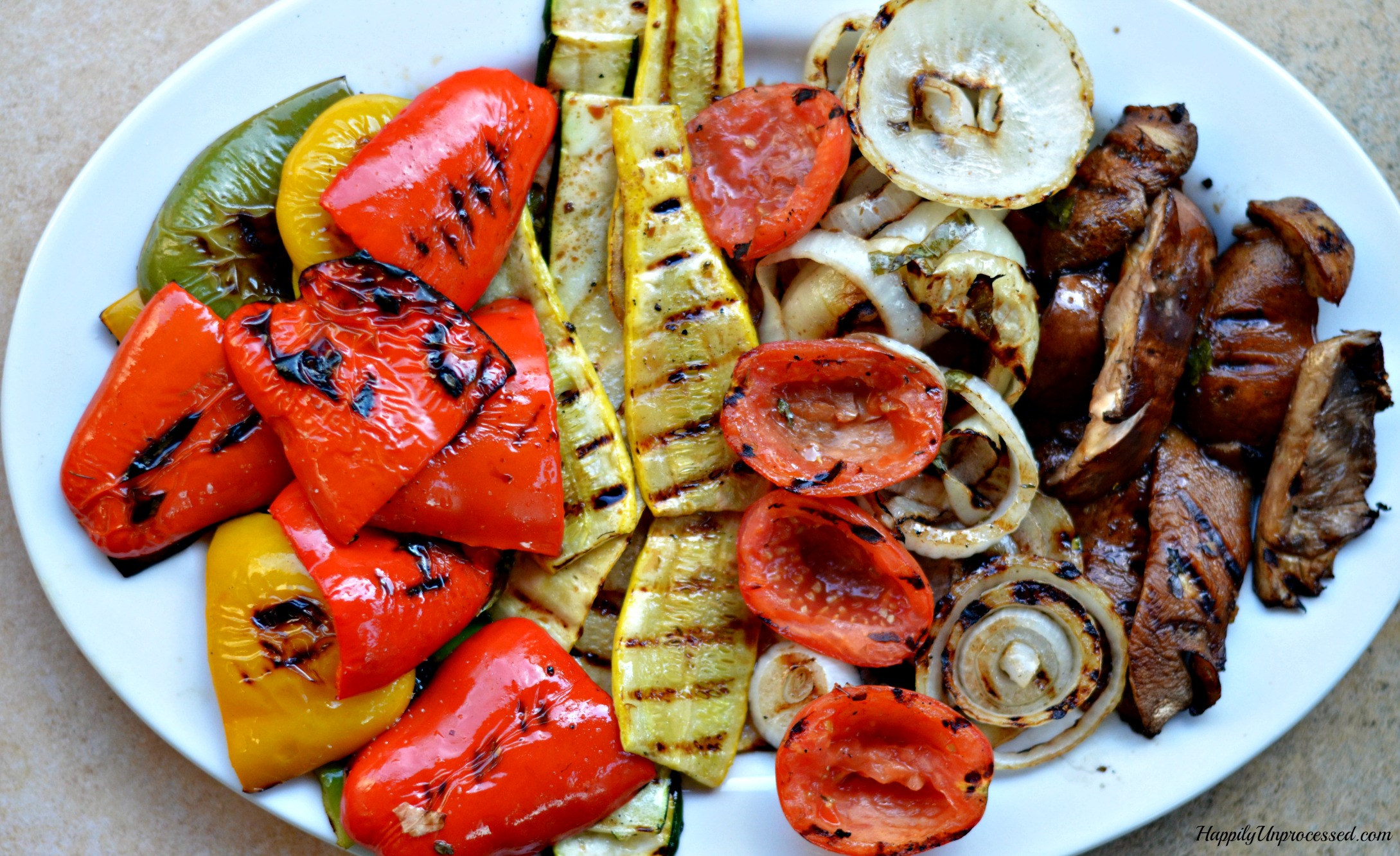
The difference between vegetables and meat when grilling is that meat is more of a hands off approach to be sure the meat cooks all the way through and that it is both tender and juicy – vegetables require a little bit more attention when grilling to be sure they are evenly cooked on all sides without being under cooked, a little crisp is better on a vegetable than an under cooked vegetable.
Below are a few hand selected vegetables that your veggies will be grilled to perfection and to make sure whatever dish you are serving will be the most well-made and absolute tastiest it can be.
Corn – remove all husk except the innermost layer and snip off the silk – cook 8 to 10 minutes, turn every 2 minutes
Onions – cut into 1/2 inch thick slices (simply cut in half on most medium to large sized onions) parallel to the equator and place on a skewer – cook 10 to 12 minutes, turn one time about 5 to 6 minutes in.
Asparagus – cut off tough ends half way down the stalk and then bend the bottom half of the stalk until it breaks – cook 5 to 7 minutes, turn at about 3 minutes
Tomatoes – For round and plum, halve cored tomato along the equator and gently squeeze out the seeds but keep the tomato jelly intact, for cherry thread onto a skewer through the stem end of the fruit – cook 4 to 5 minutes for plum tomato, for cherry 3 to 4 minutes – turn twice about 1 1/2 minutes in.
Mushrooms – For portobello mushrooms, wipe the caps clean and snap off the stems, for button and cremini use a skewer and thread through the caps and stems so they don’t rotate when flipped – for portobellos cook about 8 to 10 minutes, for button and cremini, cook about 8 to 12, turn mushrooms for either every 3 minutes
Green Beans – Rinse with water but leave wet, don’t dry – cook for 6 minutes, turn at 3 minutes
Peppers – Halve the peppers lengthwise and remove the core and the seeds and the ribs (white stuff on the inside), cut each half in third length wise – place on a skewer if you’d like – cook 7 to 9 minutes and turn once at about 3 to 4 minutes
Eggplant – Slice the eggplant cross wise into 3/4 inch rounds and cook for 8 to 10 minutes, turn at about 4 to 5 minutes
Read this article: sixdifferentways.com
February 25th, 2018 — Designer Stuff
Tomatoes – those delicious, juicy fruits often mistaken for vegetables because of their extremely subtlety sweet taste. Used in a variety of dishes from sauce to salsa, eaten raw, added to salads or garnish on your hamburger – it’s good to know what are the best tomatoes to buy or grow, what to look for and how to keep them fresh for longer.

The best you can buy – what to look for:
If you’ve ever eaten an unripened or overly ripened tomato, you know their taste changes dramatically when they aren’t those juicy, flavorful fruits we know and love.
Tomatoes with thin walls and lots of jelly that surround the seeds make the best, most flavorful tomatoes. The thinner the walls the more room for the jelly – if you can help it, don’t remove the seeds, the seeds help improve flavor.
- Choose locally grown tomatoes – the less distance a tomato travels the riper it can be when it is picked. Commercially grown tomatoes often yield high production and can result in tomatoes with less sugars and other flavor compounds. Plus the engineering of these tomatoes to preserve them longer especially for transportation often have thicker walls and less of that good, tasty jelly.
- Try an Heirloom – Heirloom tomatoes (often grown locally) come from naturally pollinated plants and seeds that have been growing for decades and haven’t been hybridized
- Weird looking tomatoes – oddly shaped tomatoes, even those with a few breaks or cracks in the skin are fine to eat – they don’t have to be perfectly symmetrical to be just as delicious – just watch out for tomatoes that are overly soft or leaking juice
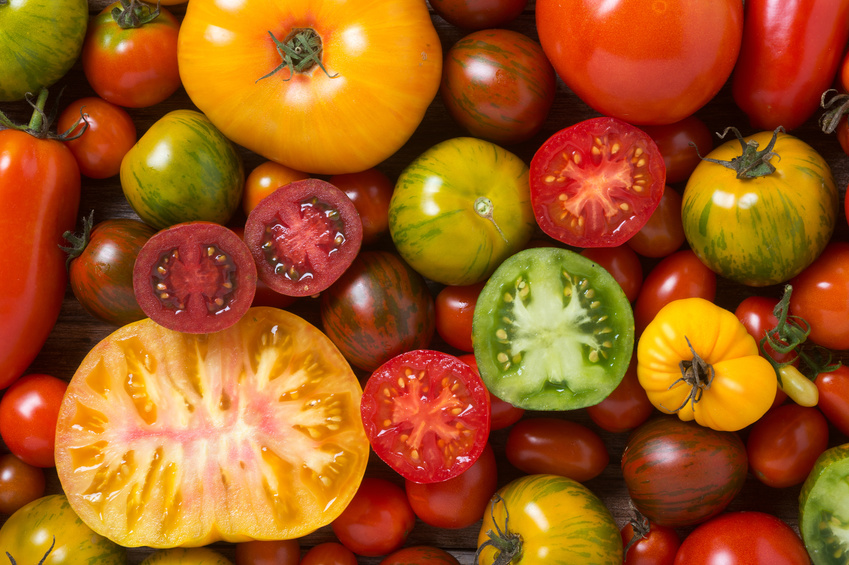
How to keep your tomatoes fresh:
- Don’t refrigerate
- Freeze instead of canning if you have a surplus of tomatoes for the off-season. Core them and freeze them in storage bags.
- Store tomatoes stem end down, it prevents the escaping of moisture and bacteria from entering
- Bag them with a banana or an apple if the tomato is hard and not ripened, both fruits emit a natural gas called ethylene that hastens ripening
Visit link: sixdifferentways.com
February 24th, 2018 — Designer Stuff
A root vegetable with many different variations of it’s kind – the carrot comes in many different shapes, sizes, colors and tastes – a very interesting vegetable with a larger and more diverse family than we imagined!

February 22nd, 2018 — Designer Stuff
Want to make a unique dish that has a taste in the likeness of a particular region or country but without searching for a specific recipe? Below are different veggies, foods, fruits and spices used commonly in different cultural cooking to put you in the right direction!
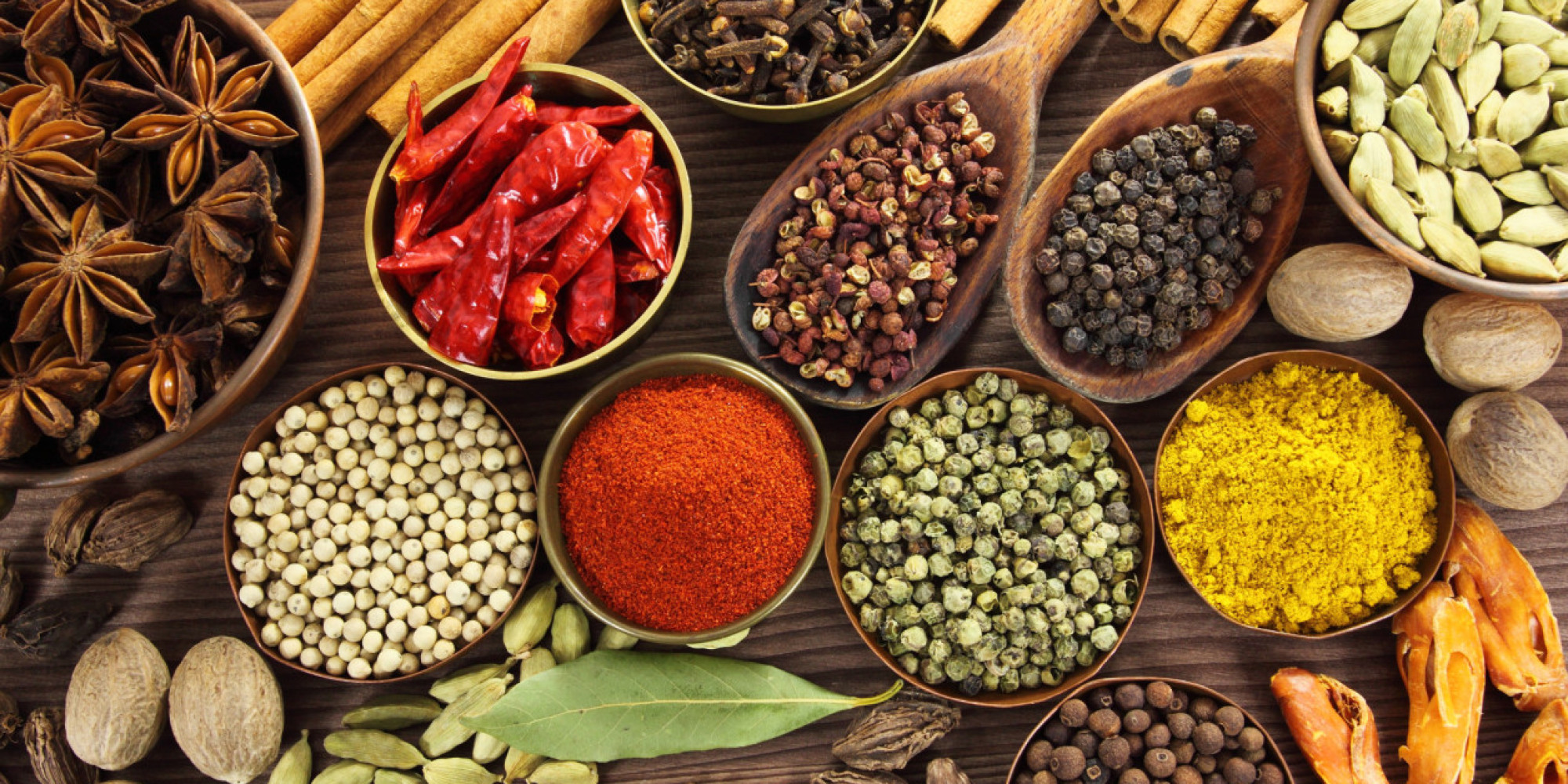
Middle Eastern Cuisine
- Chickpeas
- Cumin
- Mint
- Black Limes
- Rose Petals
- Dill
- Saffron
- Mahleb
- Za’atar
- Sesame Seeds
Thai Cuisine
- Sweet Tamarind
- Guava
- Green Papaya
- Dragon Fruit
- Custard Apple
- Rambutan
- Young Coconut
- Mangosteen
- Peanut Oil
- Rice Vinegar
Mexican Cuisine
- Black Beans
- Pinto Beans
- Chipotles in Adobo
- Achiote Paste
- Hominy
- Canela
- Epazote
- Dried Jamaica Flowers
- Piloncillo
Cuban Cuisine
- Plantains
- Black Beans
- Yellow Rice (bijol)
- Annatto Seeds
- Pork (chorizo)
- Chicken
- Flan
- Condensed Milk
- Sugar
Japanese Cuisine / Types of Sushi
- Chirashi
- Temaki
- Inari
- Uramaki
- Musubi
- Futomaki
- Hosomaki
- Nigiri
- Gunkan
- Oshi
Asian Cuisine / Asian Dumplings
- Shui Jiao
- Gyoza
- Wu Gok
- Har Gow
- Wontons
- Shu Mai
- Kanom Gui Chai
- Tibetan Momos
- Banin Bot Loe
Preserved Fish (used in many different countries and cultures)
- Sardines
- Maskerel
- Sablefish
- Smoked Trout
- Gravlax
- Anchovies
- Pickled Herring
- Salt Cod
- Cold Smoked Salmon
- Hot Smoked Salmon
Goat Cheeses (used mainly in western European countries but all around the world)
- Goat Gouda
- Bucheron
- Majorero
- Ibores
- Clochette
- Mothais-sur-feuille
- Valencay
- Fleur Verte
- Ekte Gjetost
- Sainte-Maure de Touraine
Seed Spices (used often in many dishes around the world)
- Cumin
- Nutmeg
- Coriander
- Celery
- Yellow Mustard
- Annatto
- Green Cardamon
- Fenugreek
- Star Anise
- Fennel
- Caraway
February 21st, 2018 — Designer Stuff
Did you know there are many different varieties of the same vegetable and fruit we rarely get to see in grocery stores and farmer markets that we could use in our cooking, baking and in their raw form? It’s pretty amazing to know there is a lot more out there than what we’ve been typically using and what we are familiar with.
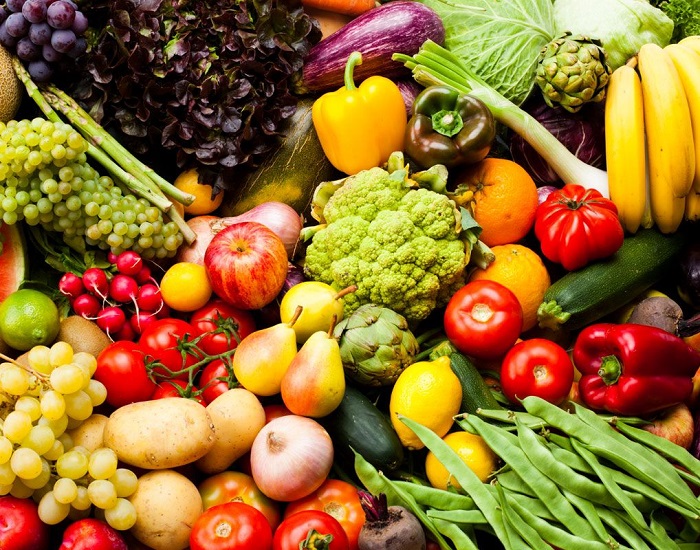
Beets – great for making soups, smoothies, salads, stir fry
- Red (the one you probably know about and the most common)
- White
- Chioggia
- Golden
- Bulls Blood
- Champagne
Mangos – great to eat raw or in salads, salsa, soups, smoothies, drinks
- Keitt (the one you probably see most often in grocery stores)
- Alphonso
- Tommy Atkins
- Ataulfo
- Francique
- Banganpalli
- Mancurad
Limes – perfect for stews and salsa, garnish for beverages, fish, chicken, beef
- Sweet (common)
- Key (common)
- Persian
- Kaffir
- Limequat
- Blood
- Finger
Hybrid Citrus – juice, smoothies, shakes, garnish
- Grapefruits (common)
- Mandarinquats
- Ojai Pixie Tangerines
- Tangelos
- Uniq Fruits
- Calamondins
- Meyer Lemons
- Oro Blancos
Winter squashes – soups, stews, stir fry, sauteed
- Spaghetti (common)
- Butternut (common)
- Acorn (common)
- Sugar Pumpkin
- Carnival
- Kabocha
- Turban
- Delicata
- Sweet Meat
- Blue Hubbard
Pears – great to be eaten raw or made into a jam, sauce, garnish
- Concorde (common)
- Warren
- Yali
- Shingo
- Fragrant
- Starkrimson
- 20th Century
Taproots – perfect for eating raw or made into soups, stews, stir fry, sauteed, baked, mashed
- Radish
- Turnip
- Beet
- Parsnip
- Celery Root
- Carrot
- Rutabaga
- Burdock
- Jicama
Cherries – great to be eaten raw, pie, baking, compote, garnish
- Rainier
- Montmorency
- Bing
- Balaton
- North Star
- Van
- Sweetheart
- Skeena
- Early Richmond
February 20th, 2018 — Designer Stuff
Every woman reacts differently right before their period – some get weepy and cry, others become angry and impatient and some say they aren’t affected whatsoever – whatever the case may be, if you are feeling a little different than usual a week to a few days before your period you can help offset the imbalance by eating certain foods.
/cdn.vox-cdn.com/uploads/chorus_image/image/52047751/shutterstock_376181395.0.jpeg)
5 Foods that help fight PMS
1. Greek Yogurt – calcium rich and probiotics ease the tummy of any pain during this month as well as keep the yeast in your vagina balanced
2. Almonds – Nuts especially almonds are jam packed with vitamin e and help alleviate pms symptoms
3. Pumpkin Seeds – magnesium helps with bloating which can make us feel sluggish, tired and irritated
4. Salmon – Omega 3 helps with cramps but for some, doesn’t occur during pre-menstrual
5. Turkey- Tryptophan is the chemical found in turkey that has a calming effect and sometimes can even be used as a sleep inducer, that’s why we get so tired in the USA during thanksgiving, tryptophan can help with irritability during PMS

3 Foods that make it PMS worse
- Potato Chips – anything salty will make you retain more water which will make you more bloated
- Coffee – caffeine is a stimulant which can cause blood to pump faster to parts of our body because it increases our heart rate
- Croissants, scones and muffins – the carb and sugar mixture can cause a burst of energy due to the sugar while a false prolongation of energy due to the carbs, however our body is digesting them at the same time thus changing the natural way our bodies would decompose them in their natural state
February 19th, 2018 — Designer Stuff
We all get a little gasy from time to time, flatulence or farting (hehe) is common but can happen more frequent by certain foods we eat. Its good to know what foods create more of this than others especially if you’re giving a presentation, in a meeting, during class or on a date!





)











/cdn.vox-cdn.com/uploads/chorus_image/image/52047751/shutterstock_376181395.0.jpeg)

